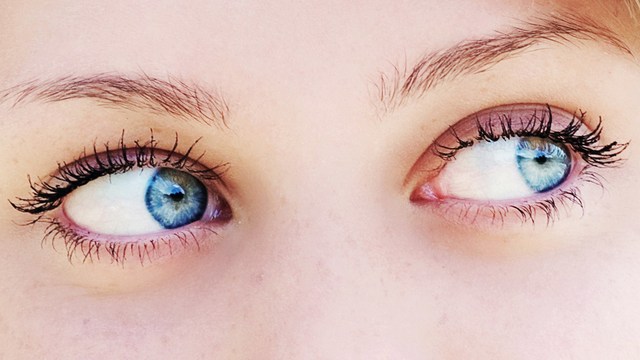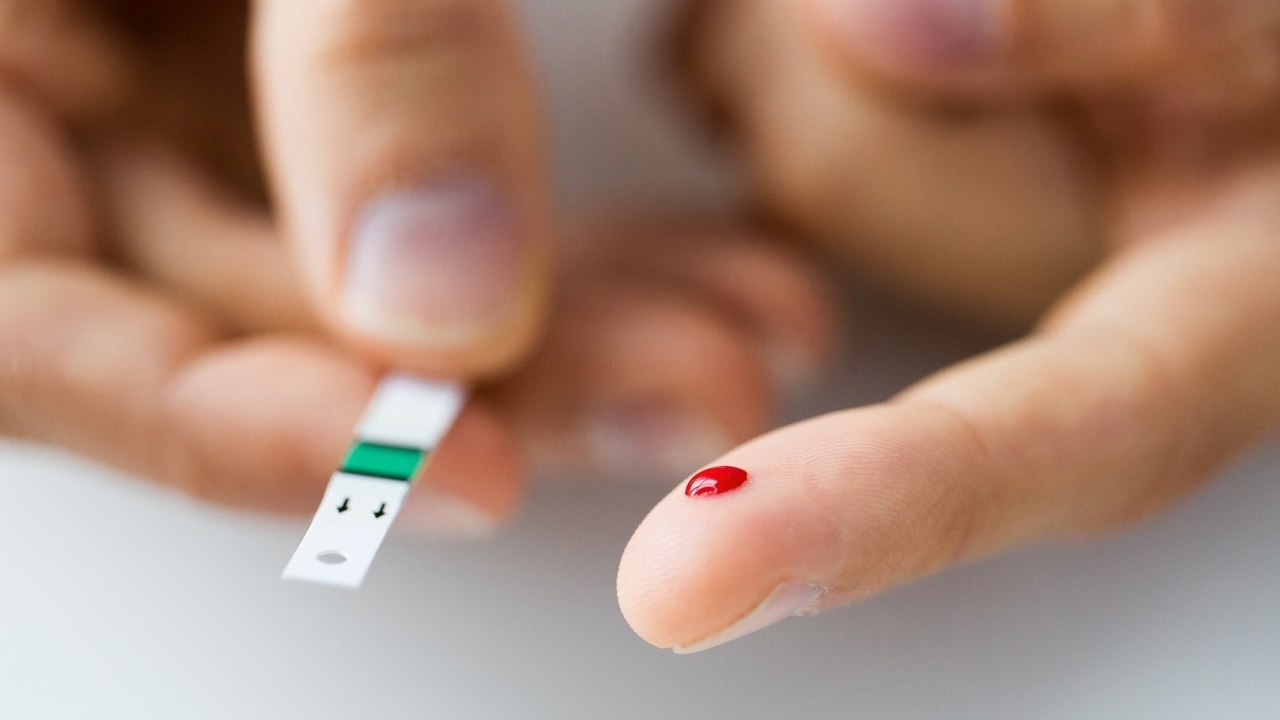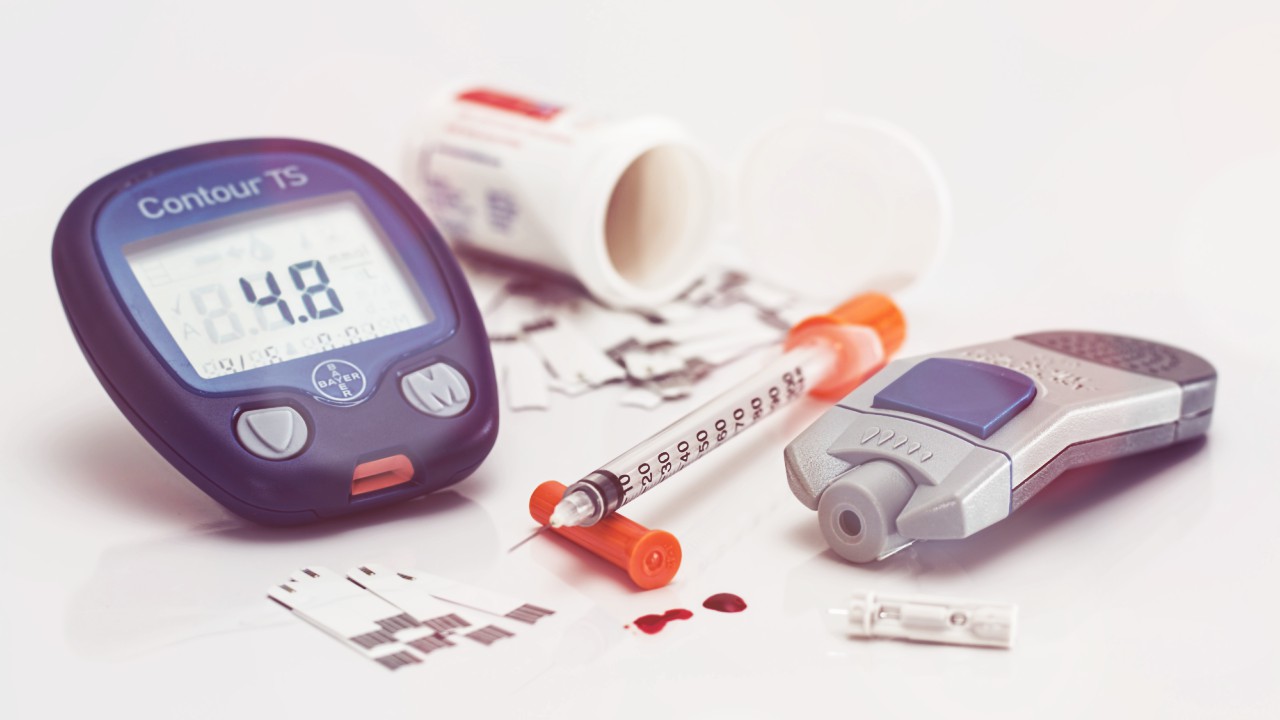 Evgeniya Uvarova/PhotoSpin
Evgeniya Uvarova/PhotoSpin
Tears aren't always a bad thing. Now with Google Glass, created by Google[x], tears for the diabetic can offer a way to monitor blood sugar levels.
You don't have to be crying to have tears. Your eyes create them throughout the day so that your eyes keep from drying out and remain healthy.
The glucose sensor takes readings every second of glucose levels of a diabetic's tears. Mind you, the contact lens will not sharpen your vision.
Tiny wireless processing chips and a glucose sensor in specially constructed contact lenses are so tiny they could be mistaken for bits of glitter.
Tiny pinhole in the lens let tears seep into the pore, where the sensor reads glucose levels. An antenna that is thinner than a human hair sends the information to a smartphone.
Diabetes affects 25 million Americans, and the number of diabetics is rising. The National Diabetes Education Program says that more than 8 percent of Americans are diabetic. An additional 25 percent have prediabetes.
Until now, the standard way for a diabetic to check their blood sugar levels is by drawing blood with the prick of a finger often many times a day.
It's an unpleasant measure that some may not do as often as they should. Not checking blood sugar often enough can lead to situations where levels are higher or lower than is healthy.
When blood sugar is not properly and regularly monitored, conditions like blindness, gangrene, kidney failure and even death can be an eventual outcome.
It has been possible to avoid constant finger-pricking with a bionic implant, but it's expensive, invasive and sometimes it is hard to remove when desired. Other sensors are available that are inserted under the skin, connected with insulin pumps or other insulin devices.
The new contact lenses from Google would involve no pain, and are easy to remove. They could be a real game-changer for many diabetics.
Project co-founders Brian Otis and Babak Parviz were electrical engineering faculty members at the University of Washington, then went to Google[x]. Google[x] came into existence in 2010. It is separate from Google's core business.
Otis has experience in making miniaturized electronic systems. He and his team have embedded chips in ultrathin film like plastic instead of using a traditional fiberglass board. The film goes in between two layers of soft contact lens material. The glucose sensor has a small pore over it.
Gerald Bernstein, M.D., Director of the Diabetes Management Program at Mount Sinai Beth Israel Medical Center said that tears are not as accurate for measuring glucose levels as a direct measurement of blood, as reported in an article on Healthline.com. But, he said, the difference isn't big enough to be significant.
At present, the lens is just a prototype but things are looking optimistic. Google has presented the lens to the FDA. Early independent clinical studies have been instituted. According to an article on Forbes.com, the project could become reality within five years.
Google does not plan to produce and sell the contact lenses if and when the time comes that the product is approved by the FDA and ready to go. Google will look for partners to use their technology to produce the lenses.
Sources:
Google Scientists Create Contact Lens to Measure Blood Sugar Levels in Tears
http://www.healthline.com/health-news/diabetes-google-develops-glucose-m...
Google Contacts Will Help Diabetics Monitor Blood Sugar Via Tears
http://www.forbes.com/sites/ptc/2014/02/12/google-contacts-will-help-dia...
Visit Jody's website at http://www.ncubator.ca
Reviewed April 24, 2014
by Michele Blacksberg RN




Add a CommentComments
There are no comments yet. Be the first one and get the conversation started!